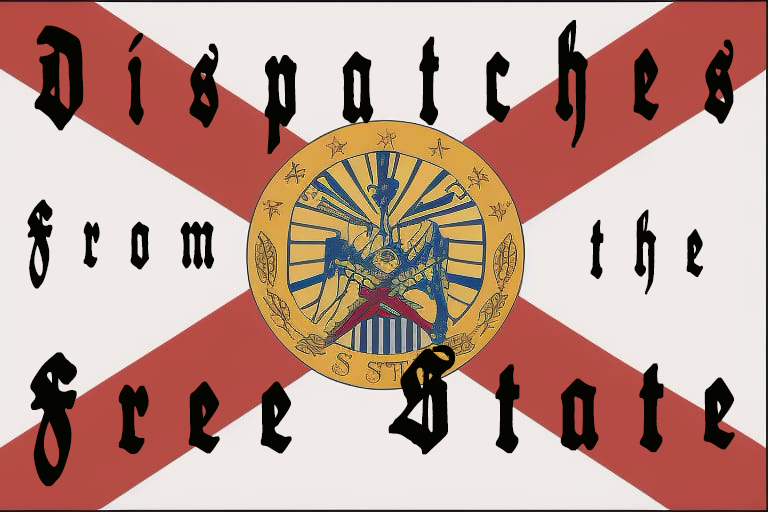And this is the part that rips me about this massive bailout. Here we have the executives of AIG, men who were so reckless and incompetent that they absolutely buried their company. They took other people’s money and became regular addicts of casino capitalism. They then lost the other people’s money…but not their own. They have plenty. (Disclosure: I have an AIG retirement account from a previous job).
In fact, they were so incompetent/corrupt that it took a government bailout of billions of dollars to save the company. You would think, considering that the taxpayers bailed out this giant corporation at considerable expense and risk, that the executives would be diligently working to restore the integrity of their company and ensure that such a financial fiasco never happens again.
Quite frankly, I would think that the executives would have been forced out of the boardrooms with no assets but the tattered remains of the Versace suits they happened to be wearing when they ran through the gauntlet of angry taxpayers and investors. But that’s just me.
Unfortunately, neither of the above happened.
Instead, AIG executives were busy…taking a vacation…in England…quail hunting. I’m sure they’ve been under a lot of stress lately…with the market and all…and they needed to let off some steam. And the best way to let off steam if you are not stealing money is to shoot little, fuzzy birds. The expedition cost over $80,000. Last month AIG was scolded for spending $500,000 for executives at a California resort.
So let’s get a recap here. While you and I are out there, working multiple jobs, scrambling to put a little money away because we don’t know how secure our jobs are, these incompetent corporate executives were living large on the English country side, wearing tweed and enjoying a spot of tea!
Obviously they are not worried. According to the New York Daily News, AIG executive Alvaro Mengotti’s advice for riding out the crisis–invest in gold. If they were worried they would be scrambling as much as the rest of us are. But no. What do they have to worry about. They know that they are too big to fail. They know that the worst case scenario for them is that they run their business into the ground and still get to keep their jobs, income, assets and benefits. If, by chance they lose their jobs they get an obnoxiously lucrative severance package. And if AIG goes under, they will be the first to know about it and they will cover their assets while their clients lose everything.
According to AIG spokesman Joe Norton “AIG’s priority is to continue to focus on maximizing the value of the business so we can repay the federal reserve loan.” (New York Dailey News, 10/15/08) I guess that’s why they cancelled a trip to the spa.





Leave a comment